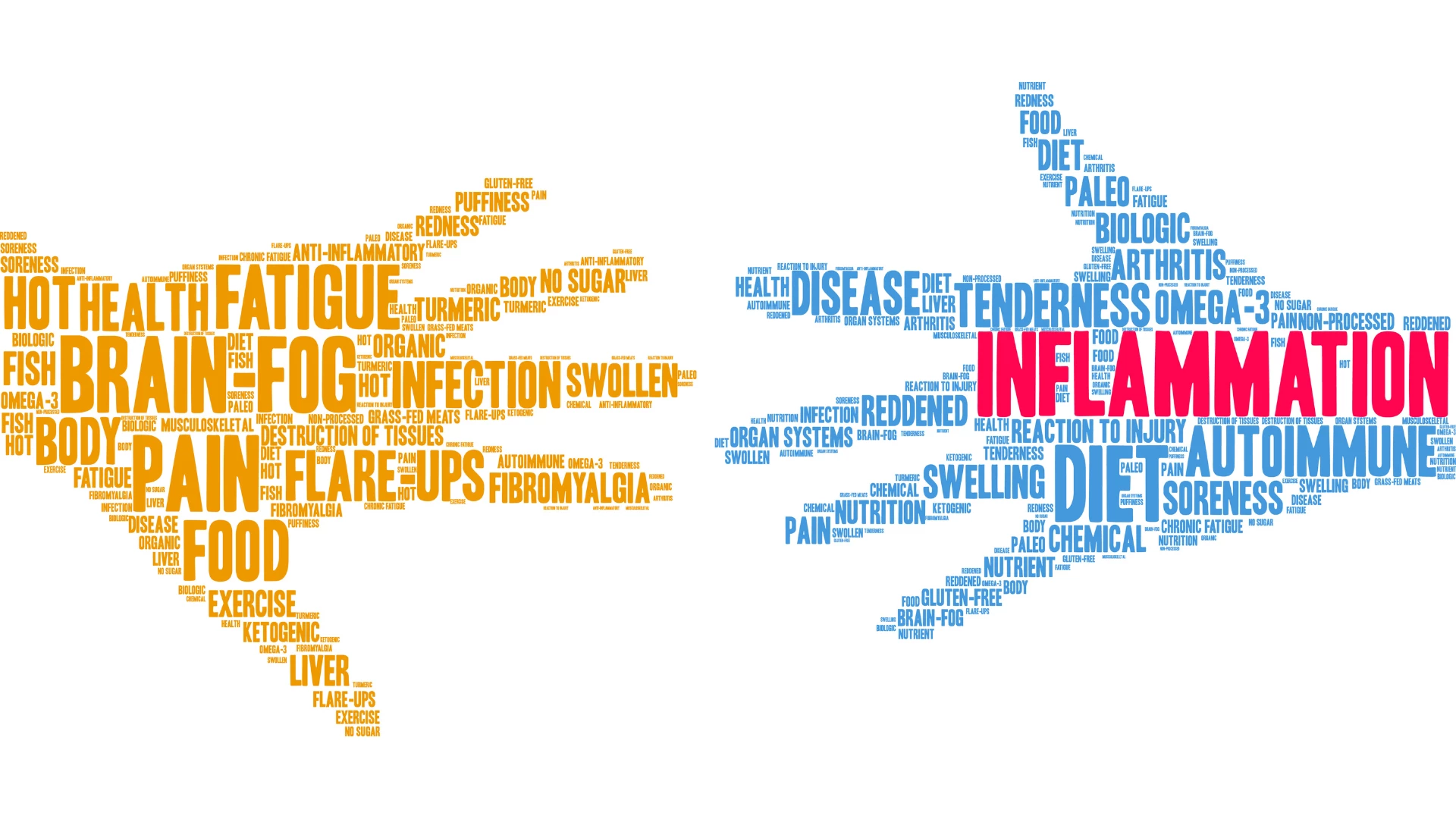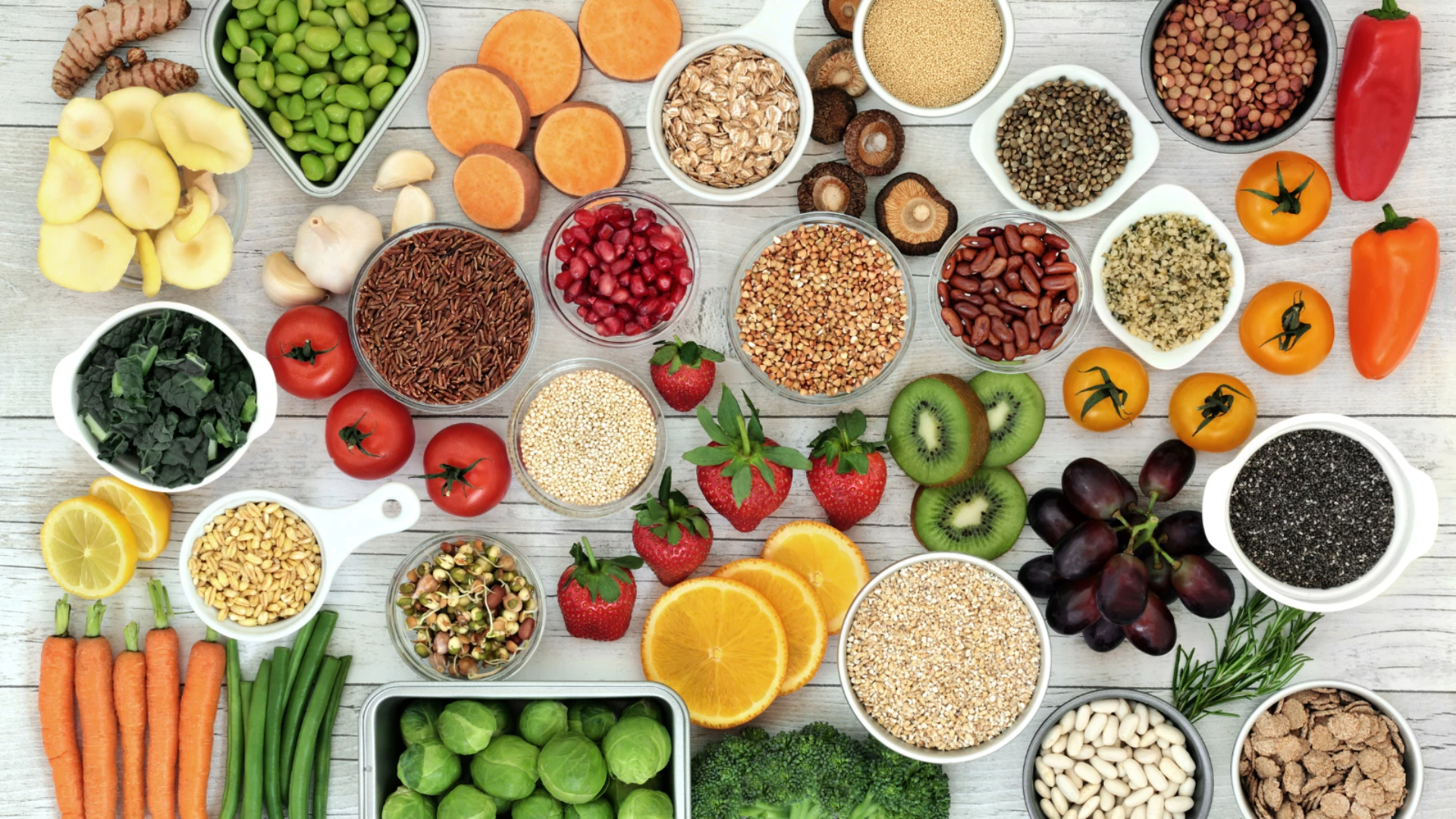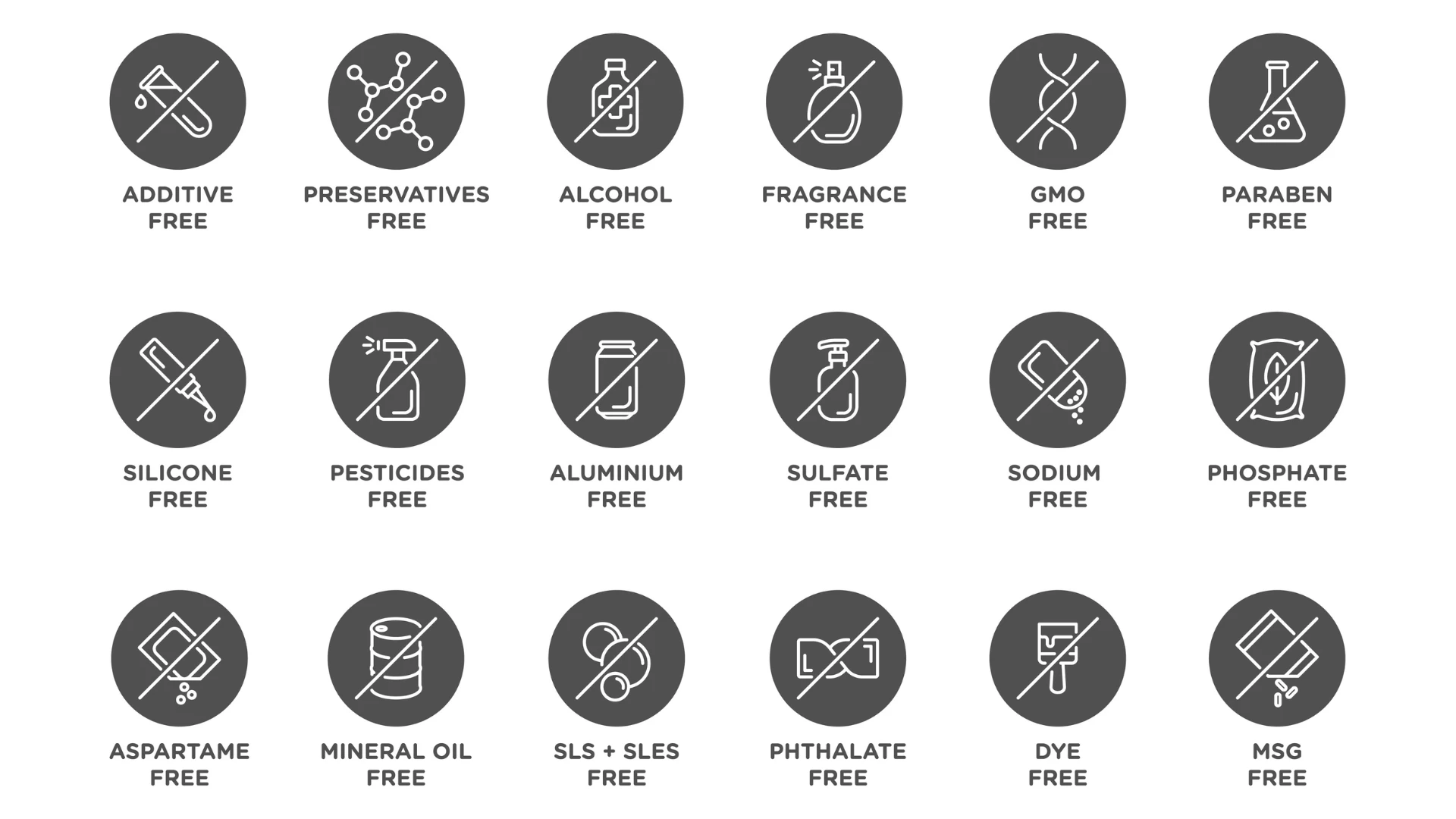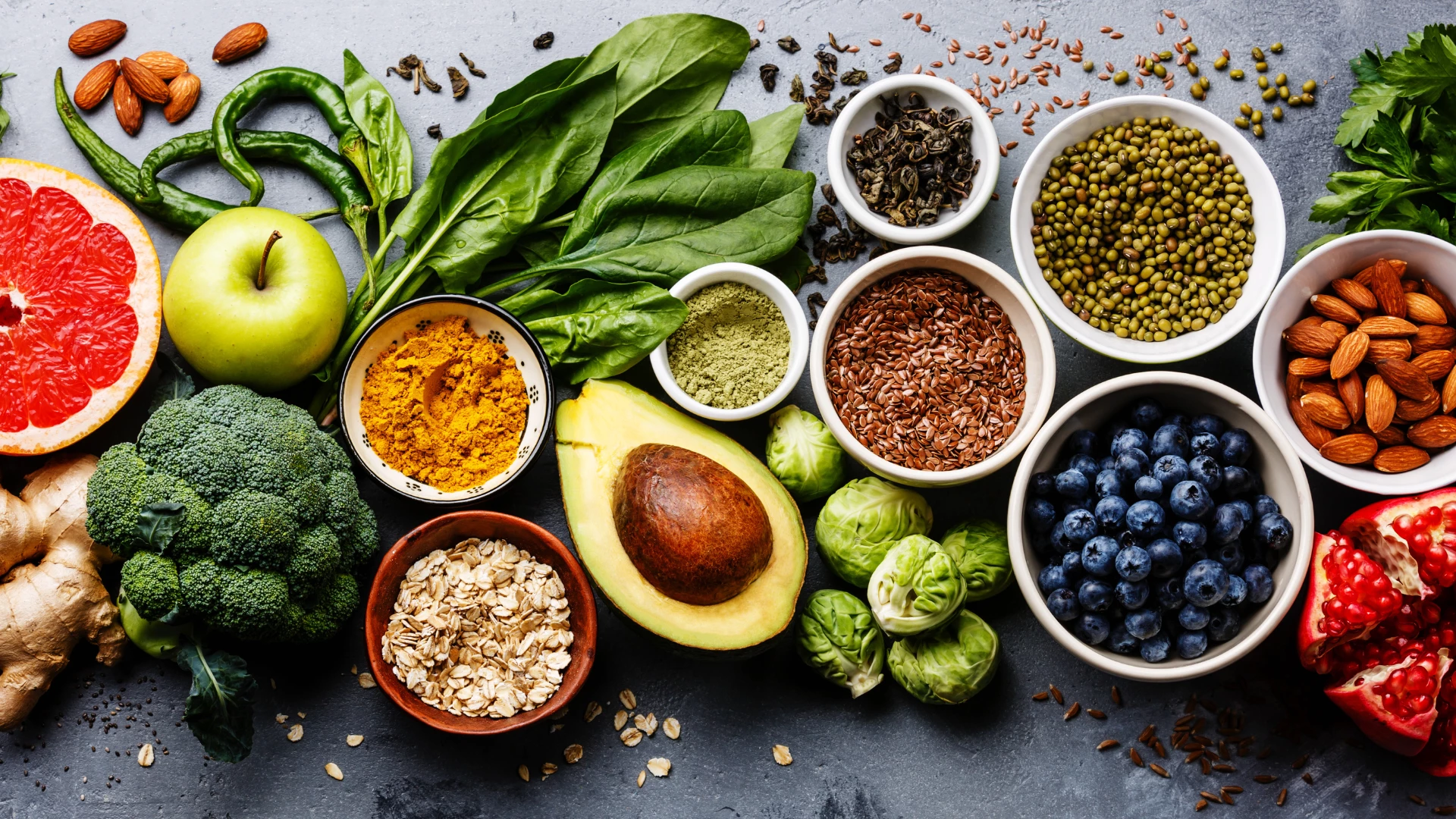Recovering from a Sports or Yoga Injury? 4 Tips to Heal Faster

Article At A Glance
When recovering from injury, good nutrition is just as important as physical therapy or restful sleep. Here are four tips to help you heal faster from a sports or yoga injury.
When healing from a sport or yoga injury, you may consider physical rehabilitation and rest as the key components needed for a full recovery. While these are definitely important, most people overlook the fact that what you choose to eat each day may make or break your healing powers. It’s important to recognize the healing power of nutrition to help speed up recovery and reduce inflammation as you recover.
Eating a whole-food diet is essential for providing your body with the resources it needs to reduce inflammation, heal faster, and feel better. Whole food is real food—unprocessed.
It’s tempting to “treat yourself” when you’re laid up during recovery, but read the labels before indulging. Processed food often lacks nutrients and contains additives such as high fructose corn syrup, sodium, or preservatives which may contribute to oxidative stress—not ideal during the recovery process.
Tip #1: Understand How to Make Inflammation Work for You, Not Against You

When the body is injured, inflammation plays a major role in aiding the healing process by alerting your immune system. But too much for too long can be detrimental to your overall health and put you at risk for chronic illness and pain, not to mention slowing down the recovery process. To help manage inflammation you need to give your body what it needs to recover and thrive.
If you struggled with symptoms of chronic inflammation (pain, depression, frequent infections) before your injury, it may benefit to do a detox practice when you’re up to it (possibly medically guided). In addition, you might want to purge your refrigerator and cabinets of tempting treats. Set yourself up for success as you begin your healing journey.
Ironically, the pain meds you were prescribed may interfere with digestive motility, and that can contribute to a vicious inflammatory cycle. It’s worth exploring how to manage inflammation, and even reduce pain, naturally, even if you still need to take meds.
Tip #2: Chose Foods That Nourish Your Body While Reducing Inflammation

Eating a whole food diet rich in vitamins and minerals will provide your body with the nutritional building blocks (including antioxidants and fiber) it needs to heal quickly and efficiently while also reducing inflammation.
Foods like fruits, vegetables, legumes*, nuts, seeds, fish* and plant based-proteins are all excellent sources of vital nutrients that help nourish your body during injury recovery.
I put asterisks beside legumes and fish, because I am aware of the different schools of thought on what triggers inflammation.
Beans have been criticized for causing inflammation because, if not prepared properly, they may be more difficult to digest.
Tip #3: Know Your Labels!

Fish has been part of the Mediterranean diet for centuries, but not all fish is alike. Some fish have higher levels of mercury, and some feel farm-raised fish are more subject to contamination. These things could make what is generally considered healthy, unhealthy.
Take care to read the labels on your meats as well. Store-bought chicken may be injected with sodium or other additives. You don’t have to be a vegetarian to reduce inflammation, but try to use discretion in what you eat and the source (at least most of the time).
The most foolproof way to limit inflammation and oxidative stress, according to research, is to stick to a variety of plants and non-processed foods.
Tip #4: Favor Foods that Can Help Your Body to Heal Faster

Good nutrition isn’t just about maintaining a healthy weight. It’s also about giving your body what it needs to heal from injury more quickly and effectively than if you weren’t eating well-rounded meals or snacks packed with vitamins and minerals.
A nutrient-dense diet is essential in order to rebuild damaged tissues — nutrients like magnesium, vitamin C, zinc and omega 3 fatty acids are especially needed during recovery. You can get these nutrients naturally from foods like nuts and seeds, leafy greens, and good ole sunlight!
When you eat well, you feel well. The most straightforward way to eat well is to consume food that doesn’t have to list ingredients. What you see is what you get.
In Conclusion: Harness the Power of Food for Faster Recovery
When recovering from injury, good nutrition is just as important as physical therapy or restful sleep. In fact, consider all areas of health, including mental, emotional, and spiritual health. Being gimpy is no fun, and it will mess with your mood and outlook if you let it.
Take advantage of your downtime and consider what you need in order to feel well. This may include tending to self-care needs, reading a good book, nurturing friendships, or planning something you can look forward to when you recover. Eating a nurturing whole-food diet should be part of the “I will take care of myself in order to heal” mindset.
Also, read...
4 Yogic Tips to Make your New Year’s Resolutions Stick
The Many Health Benefits of Yoga: What Does the Research Say? Part II
Is Aging the Secret to Happiness?
Related courses
Journey to Center: A Yoga Guide to Unlock the Full Potential of Your Core
Yoga for Healthy Hips: Principles for a Safe Practice
Need an Energy Makeover? How Yoga Can Help You Boost Vitality

Christine Carr, c-IAYT, eRYT 500 has been a physical therapist for over 20 years. In her youth, she was constantly hurting herself. This motivated her to learn how to recover from injury and heal herself, naturally. She loves to learn. Studying the human body, and mind and how they function together is exciting to her. She has a diverse academic background with experience that includes orthopedics, yoga, and functional medicine. She enjoys teaching others how to recover from injury, manage their condition, and improve their function and performance.
Christine enjoys any and all sports available in this beautiful area or kicking back with a good book in her spare time. She has recently started gardening, though she said she has much to learn!
- Nutrients | Health Benefits of Plant-Based Nutrition: Focus on Beans in Cardiometabolic Diseases by Amy P. Mullins and Bahram H. Arjmandi
- Nutrients | Rehabilitation Nutrition for Injury Recovery of Athletes: The Role of Macronutrient Intake by Sousana K. Papadopoulou
- NAL | Nutrient Lists from Standard Reference Legacy (2018)
- Biomedicines | Anti-Inflammatory Properties of Diet: Role in Healthy Aging by Kristine Stromsnes, Angela G. Correas, […], and Gloria Olaso-Gonzalez
- UMKC School of Medicine | A Look at Plant-Based Diets by Julia Clem and Brandon Barthel
- BMJ | Food Based Dietary Patterns and Chronic Disease Prevention by Matthias B Schulze, Miguel A Martínez-González, Teresa T Fung, Alice H Lichtenstein, Nita G Forouhi
- Toxics | Levels of Mercury, Methylmercury and Selenium in Fish: Insights into Children Food Safety by Grazia Barone, Arianna Storelli, […], and Maria Maddalena Storelli


